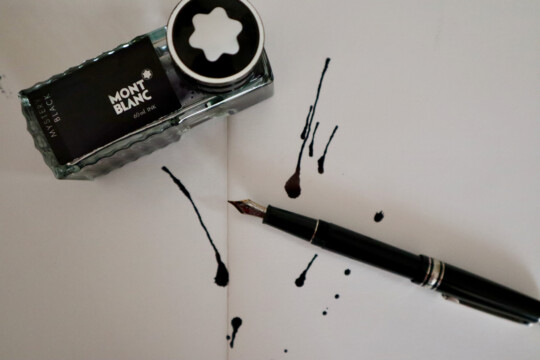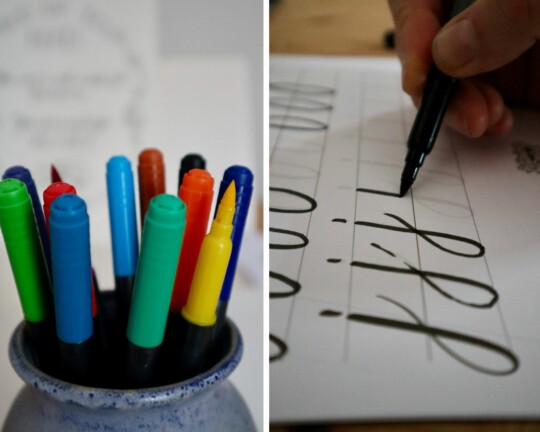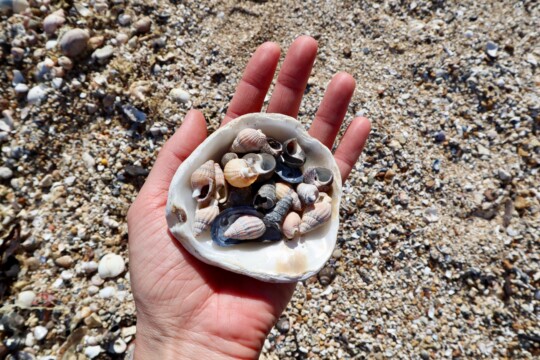
What’s the difference between a litterbug and a guerrilla artist? Perhaps nothing more than intention. Keri Smith defines guerrilla art as ‘anonymous work installed, performed or attached in public spaces, with the distinct purpose of affecting the world in a creative or thought-provoking way.’
It all sounds very grand. Really, we just wanted to send some love notes to our community and practise some random acts of kindness. To thank the place we’ve called home for the last twelve years and put out the kind of encouragement and reassurance that we so often need ourselves. Everyone needs an occasional reminder to give themselves a little grace. How can we be kind to others if we beat ourselves up over the smallest of things?

On the day we folded our paper and scribbled our notes, it just so happened to be National Random Acts of Kindness Day. But I think we’re agreed that every day could and should inspire us towards random acts of kindness, right? I bet there are times you can recall helping someone with a heavy suitcase, stopping to say hello to someone sitting on the pavement, or giving a heartfelt smile to someone in tears.
This project was heartfelt, but we could only imagine who we were sending our love to, because we were leaving them for anyone to find. Our little note-smuggling safari took us to some favourite spots in our town, in search of small places to hide them. Like an easter egg hunt in reverse.

It was fun to think about who might pick up our notes and we hoped they might land somewhere they could give someone a lift. Kinda nice how kindness makes the giver feel good too, no?! It seemed appropriate when our sandwich server paused in the making of my baguette to point out how the avocado she’d scooped out was in the shape of a heart.
Leaving love notes for strangers felt rather freeing. So different from those carefully constructed schoolday valentines, where so much is riding on how they’re received. We’ll never know what happens to these little paper hearts. We’re not attached to the outcome. They’re just little transient gifts of imperfection.

Modern life is hard and it feels good to spread tiny ripples of loving support, to be playful and irreverent. Perhaps some might class this as littering. But when so much of our visual landscape is filled with corporate messaging, I’d like to tip the balance just a notch in the other direction. I ain’t selling anything. I just want to tell you I love you.
So, this spring perhaps we can all be on the lookout for ways to extend a helping hand. Whether it’s a heavy suitcase or a seat on the bus, I hope more of my days present the opportunity for random acts of kindness and a few more shared smiles along the way.



















